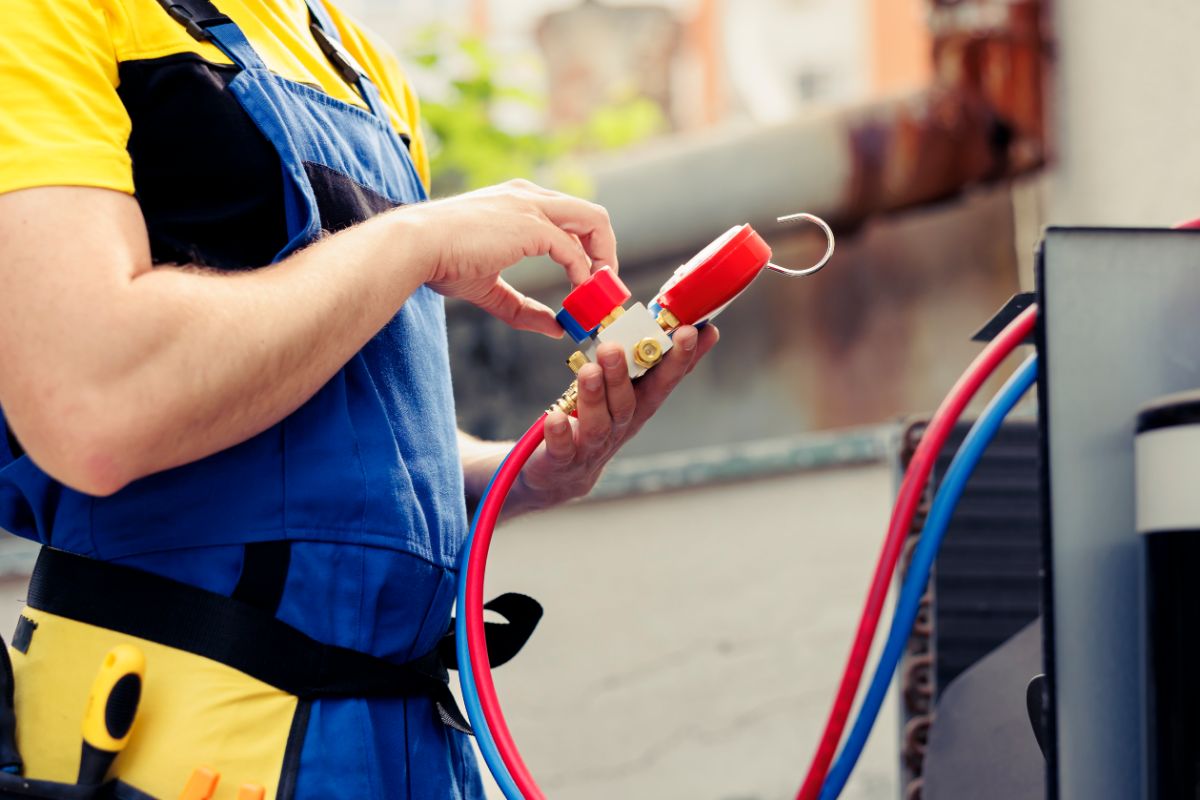Quick Connect Fittings: Your Guide to Easy and Efficient Connections
Introduction
Quick connect fittings have transformed how industries approach fluid and air connections, making installations faster, safer, and more efficient. Whether a DIY enthusiast or a professional, understanding quick fittings can help streamline your projects and improve efficiency. In this guide, we’ll cover the types, benefits, and applications of it to help you make the right choice.
What Are Quick Connect Fittings?
They are specially designed components that allow easy, tool-free attachment and detachment of pipes, tubes, or hoses. They are commonly used in plumbing, automotive, and industrial applications, offering a fast, leak-free solution for fluid and air systems.
Benefits of Quick Connect Fittings
Quick-connect fittings offer several advantages that make them popular in various industries. Here are some key benefits:
- Easy Installation: No tools are required, making the installation process quick and simple.
- Leak-Proof Seal: These fittings are designed to provide a secure, leak-free connection.
- Time-saving: Reduce the time required for setups and replacements.
- Reusable: It can be reused, saving costs over time.
- Versatile Applications: Suitable for a wide range of applications including plumbing, air compressors, and car repair.
Types of Quick Connect Fittings
There are various types to be designed for different applications. Some common types are:
- Push-to-Connect Fittings: These fittings allow you to simply push a pipe or tube into place, locking it securely.
- Threaded Fitness: Ideal for applications requiring high durability, as these fittings feature threaded connections for added stability.
- Barbed Quick Fittings: Often used in low-pressure applications, the barbed design helps secure hoses.
- Cam Lock Fittings: Frequently found in industrial applications, these fittings use a cam and groove to create a quick and secure connection.
Where to Use Quick Connect Fittings
They are widely used across various industries due to their reliability and efficiency. Here are some common applications:
- Automotive Industry: Used in fuel, cooling, and air conditioning systems. Plumbing Systems: Ideal for potable water systems, home plumbing repairs, and upgrades.
- HVAC Systems: Quickly connects components in heating, ventilation, and air conditioning.
- Manufacturing and Industrial Applications: Used for compressed air, hydraulic systems, and chemical processing.
- Agricultural Equipment: Simplifies fluid handling for irrigation systems and sprayers.
Tips for Choosing the Right Quick Connect Fittings
Selecting the correct quick connect fitting depends on several factors, including:
- Material Compatibility: Ensure the material of the fitting is compatible with the fluid or gas.
- Pressure and Temperature Rating: Choose a fitting that meets the pressure and temperature requirements of your system.
- Size Requirements: Select a fitting that matches the size of your pipe or hose.
- Environmental Factors: Consider environmental conditions such as UV exposure, corrosion risk, and temperature fluctuations.
Installation Tips for Quick Connect Fittings
Here are a few tips for installing it to ensure a secure and long-lasting connection:
- Clean the Pipe or Hose: Remove any debris or residue before connecting.
- Check for Damage: Inspect fittings and pipes for damage or cracks.
- Push Firmly: Make sure to push the pipe or hose fully into the fitting until you hear a click.
- Test for Leaks: After installation, check for leaks by running water or air through the system.
Conclusion
Quick connect fittings are an excellent choice for a convenient, durable, and reusable connection solution. They are widely applicable across various industries and simplify installations with tool-free setups. Whether upgrading a home plumbing system or working in an industrial setting, It can be a valuable addition to your toolkit. By understanding the types and benefits of it, you can choose the right option for your specific needs.
Frequently Asked Questions(FAQs)
What exactly are quick-connect fittings?
Quick-connect fittings are specialized connectors that allow pipes, hoses, or tubes to be easily connected and disconnected without tools. They are designed for fast, leak-free connections in applications like plumbing, automotive systems, and industrial machinery.
Are quick-connect fittings reusable?
Yes, most quick-connect fittings are reusable, allowing you to disconnect and reconnect them as needed without damaging the fittings or pipes. This makes them cost-effective for setups that require regular maintenance or reconfiguration.
Can quick-connect fittings be used for both air and fluid systems?
Absolutely. Quick-connect fittings are suitable for various applications, including air, water, hydraulic, and chemical systems. Just make sure the material and design are compatible with the medium you’re using.
How do I know if a quick connect fitting is secure?
When properly connected, quick-connect fittings usually produce a “click” sound or a secure locking feel. This indicates that the fitting has engaged fully and is unlikely to leak.
What materials are quick quick-connected fittings made of?
Quick-connect fittings come in various materials, including plastic, brass, stainless steel, and aluminum. Each material has different strengths and is chosen based on compatibility with the fluid or gas, durability needs, and environmental factors.
Can quick-connect fittings handle high-pressure applications?
Yes, some quick-connect fittings are rated for high-pressure applications. Be sure to check the manufacturer’s specifications to confirm that the fitting can withstand the pressure requirements of your system.

.jpeg)
.jpeg)


Comments
Post a Comment